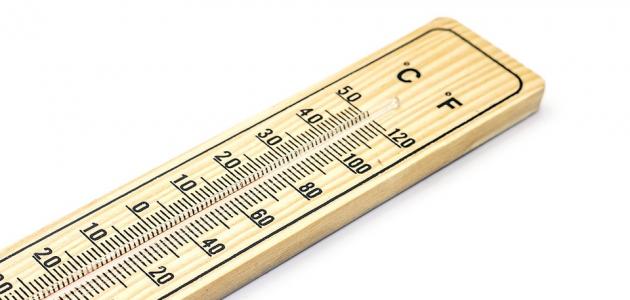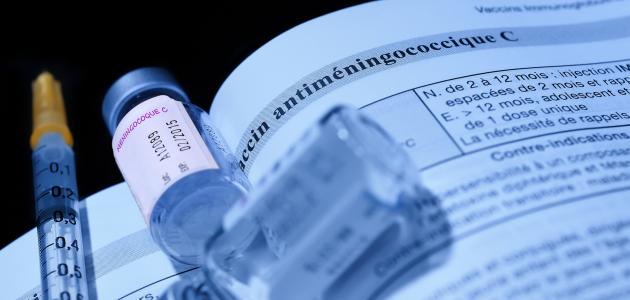Contents
Low body temperature
The body maintains its temperature relatively constant under healthy conditions; So that it reaches about 37 degrees Celsius, and a person may suffer from hypothermia, especially if the environment surrounding the person is very cold or if the body is not able to produce enough heat, and this condition is represented by a decrease in the body temperature below the safe level, and this may be The drop is fatal; Especially if infants or the elderly suffer from this condition, and according to United States statistics, the number of deaths due to hypothermia between 2003 and 2013 about 13,400 people. [1]
How to raise the body temperature
The treatment of hypothermia depends on the patient's condition, and in fact, there are two main articles under the treatment: They are first aid and medical treatments, and the following is a statement for each of them: [2]
first aid
First aid is represented by following a set of measures that must be taken when dealing with a person who suffers from hypothermia, and these measures can be explained as follows: [2]
- Treat the person with kindness: It is recommended to treat the person suffering from severe hypothermia gently. So that he should not move him unless necessary, not massage him, and not rub his body, as violent or forceful movements may lead to cardiac arrest .
- Putting the person in a warm place: It is advised to keep the person away from cold places, and in cases where it is not possible to move the person from his place, it is advisable to cover him in an attempt to protect him from the influence of cold and winds, and it is also recommended to maintain the position of the body in a horizontal position as much as possible.
- Removing wet clothes: taking into account the attempt not to move the person more than necessary, even if it is necessary to tear the clothes in an attempt to remove them.
- Covering the person with blankets: It is recommended to use several layers of blankets or dry sheets to warm the person, taking care to cover his head and leave the face uncovered.
- Keep the person away from the cold ground: In situations where the person is outside, it is advisable to try to make them lie on a blanket or any warm surface.
- Monitoring of breathing: It is recommended to monitor vital signs such as heart rate and breathing in a person suffering from severe hypothermia, and in cases where respiratory failure appears or falls below the normal range, it is recommended to start CPR procedures if they have the ability and skill to do so.
- Drink warm drinks: It is recommended to offer warm sugary drinks without alcohol or caffeine in order to warm the person's body if he is conscious and able to swallow food and drinks.
- Use warm and dry compresses: These compresses are applied to the neck, chest, and between the thighs, taking care to avoid applying them to the hands or feet, and it should be noted that this type of compresses is available in a first aid bag or can be prepared by using a full plastic bottle With warm water or a warm towel after drying it, and it is worth noting the need to avoid exposing the person to a direct heat source.
Medical treatments
Depending on the severity of the decrease in temperature, the patient may be subjected to one of the methods that are classified under the concept of emergency medical treatments, and in some cases it may require the use of more than one treatment method at the same time: [2]
- Rewarming blood: This procedure is used in specific cases, and the principle of this treatment is to draw blood, warm it, and then return it to the body so that it can be applied in different parts of it, and this may be applied using a hemodialysis machine , and in some cases the matter requires the use of heart bypass devices . : Heart bypass machines).
- Intravenous heating fluids: In some cases, it is necessary to inject a saline solution into the vein of the affected person in order to warm the blood .
- Airway rewarming: This procedure is done by injecting moisturizing oxygen through a mask or nasal tube.
- Perfusion: , so is the introduction of warm saline solution in certain areas of the body through a catheter in order to warm it up, and examples of these areas peritoneal cavity or pleura , which represents the area surrounding the lungs .
Causes of low body temperature
We mentioned previously the causes of hypothermia briefly, and when we go into the details, we point out that exposure to cold weather or staying in cold water for a long time is a major cause of hypothermia, as these conditions cause the body to lose more heat than it produces, as well. That the body’s loss of its ability to produce heat appropriately would cause a rapid and noticeable decrease in heat and this is considered a dangerous matter, and in fact there are many risk factors that increase the risk of hypothermia. Among these factors we mention the following: [3]
- Age, as infants and the elderly are considered the most vulnerable to this condition, as mentioned previously.
- Have dementia or mental illness; Such as schizophrenia or bipolar disorder.
- Drinking alcohol or using drugs.
- Infection with certain diseases; Such as hypothyroidism , or arthritis , or dehydration, diabetes, or Parkinson's disease), as these conditions affect the body's ability to maintain an appropriate temperature, It should be noted that many other conditions can cause the body to lose sensation. These include stroke, spinal cord injury, burns, or malnutrition.
- Taking certain types of medication; Such as antidepressants depression , sedatives, and antipsychotics.
- Living in areas with low temperatures.
References
- ↑ "Everything you need to know about hypothermia" , www.medicalnewstoday.com , Retrieved 9-12-2018. Edited.
- ^ A b t "Hypothermia" , Www.mayoclinic.org , Retrieved 9-12-2018. Edited.
- ↑ "What Causes Hypothermia?" , www.healthline.com , Retrieved 9-12-2018. Edited.






